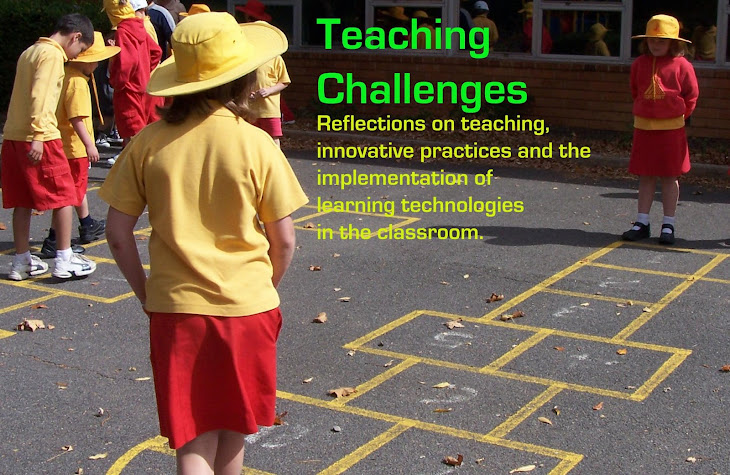
This year I haven't found the planning/programming side of things so easy. Having moved from Year 1 to Year 4 I've found myself struggling to modify my teaching strategies, plan for new learning, and read/research all at once. It has been a challenge, but I think I seem to be getting there now.
Writing a teaching program is quite a complex task requiring a number of higher-order thinking skills. Teachers need to:
- Analyse the guiding materials eg. National Statements, State Frameworks, School Curriculum.
- Design a format for the program that will make it a useful working document as well as meeting the needs of supervisors.
- Evaluate resources to use for teaching the content and providing learning experiences for students.
- Create lessons and activities that will engage students and meet the outcomes.
- Predict student needs and difficulties in order to differentiate tasks.
- Devise assessment tasks to determine whether student outcomes were achieved.
- Compile succinct instructions to explain lessons effectively but using very few words.
When confronting programming, these are generally the steps I take:
- Check out the unit of work - jot down any ideas that immediately come to mind
- Grab some resources - flick through books, search online and find relevant lessons and activities that will help students to learn the material and meet the outcomes
- Get creative - search more widely, think about people resources, movies, games, simulations etc that will engage students and provide for new learning opportunities.
- Data input - start up a table in a word processing document and put in the required outcomes. Start structuring and ordering the ideas to progress learning of these concepts. (In my mind, this is the hardest part of the process).
What do you consider to be the challenges of programming? What strategies do you use? Please share your thoughts in the comments.


















